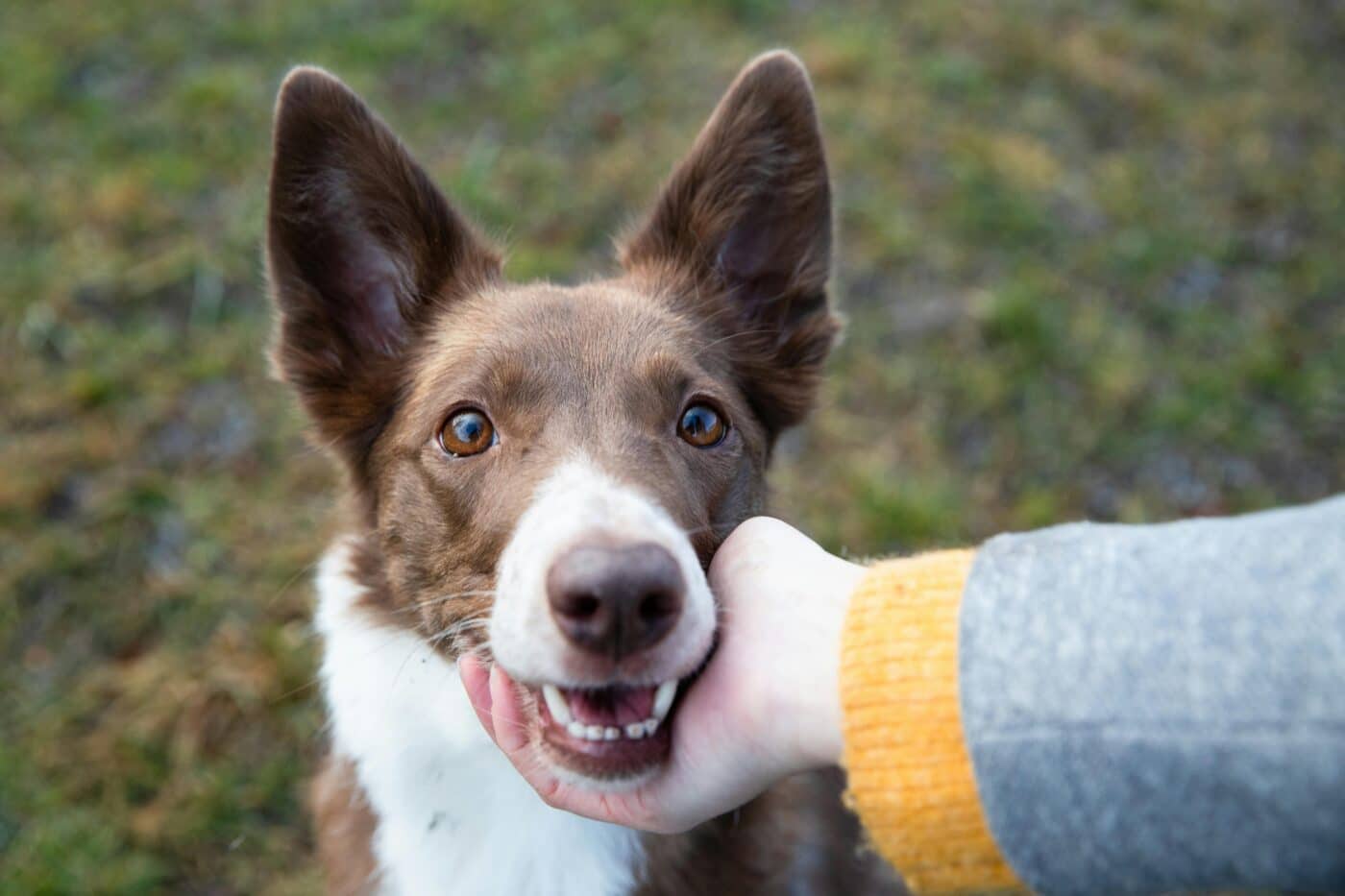 Shutterstock
Shutterstock
Introducing your dog to new friends, whether canine or human, can feel like navigating unfamiliar territory. Every dog has its temperament, socialization history, and preferences. A smooth introduction supports your dog’s well-being and boosts their confidence in new situations. Whether bringing a new dog into your home, meeting other dogs at the park, or introducing your pup to new human companions, using the right approach makes all the difference. Proven strategies can help keep your dog calm, happy, and open to forming new friendships.
Take It Slow and Steady
 Shutterstock
Shutterstock
One of the most important things to remember when introducing your dog to new companions is to take it slow. Rushing introductions can overwhelm your dog, leading to fear, anxiety, or even aggressive behavior. Dogs, like people, need time to get comfortable with new faces, both human and canine. Start by introducing your dog to new friends in a neutral environment where they don’t feel territorial. Allow the dogs or people to observe each other from a distance before gradually bringing them closer. The key is to let the process unfold naturally, respecting your dog’s pace. This ensures your dog remains comfortable and avoids unnecessary stress.
Use Positive Reinforcement
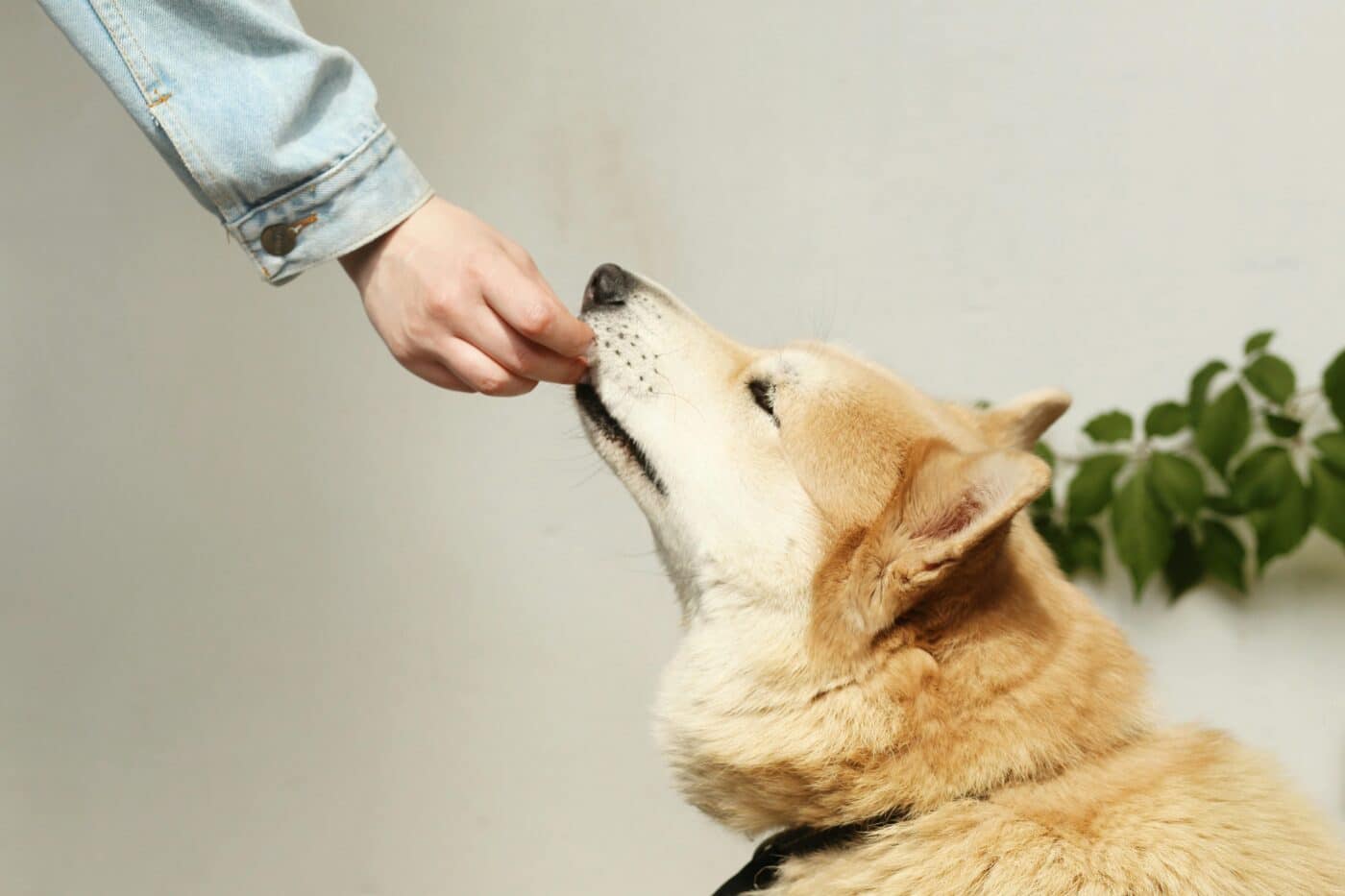 Shutterstock
Shutterstock
Positive reinforcement is a powerful tool when introducing your dog to new companions. By rewarding your dog with treats, praise, or their favorite toy for calm and friendly behavior, you reinforce the idea that meeting new people or dogs is a positive experience. Positive reinforcement helps to build your dog’s confidence, making them more eager to engage in new social situations. Be sure to reward your dog when calm, gentle, or interested in their new friend without being overly excited or nervous. This method promotes good behavior and makes introductions a fun experience for your dog.
Keep the First Meeting Short
 Shutterstock
Shutterstock
When introducing your dog to new companions, keeping the initial meeting brief is essential. Long introductions can be overwhelming for dogs, especially if they’re meeting a new dog or person for the first time. Start with a short, positive encounter and give your dog time to process the experience. If the meeting goes well, gradually increase the length of their interactions over time. This allows your dog to build trust and familiarity at their own pace without feeling overwhelmed. Remember, less is more—short, positive experiences are far more beneficial than long, stressful ones.
Neutral Territory Is Key
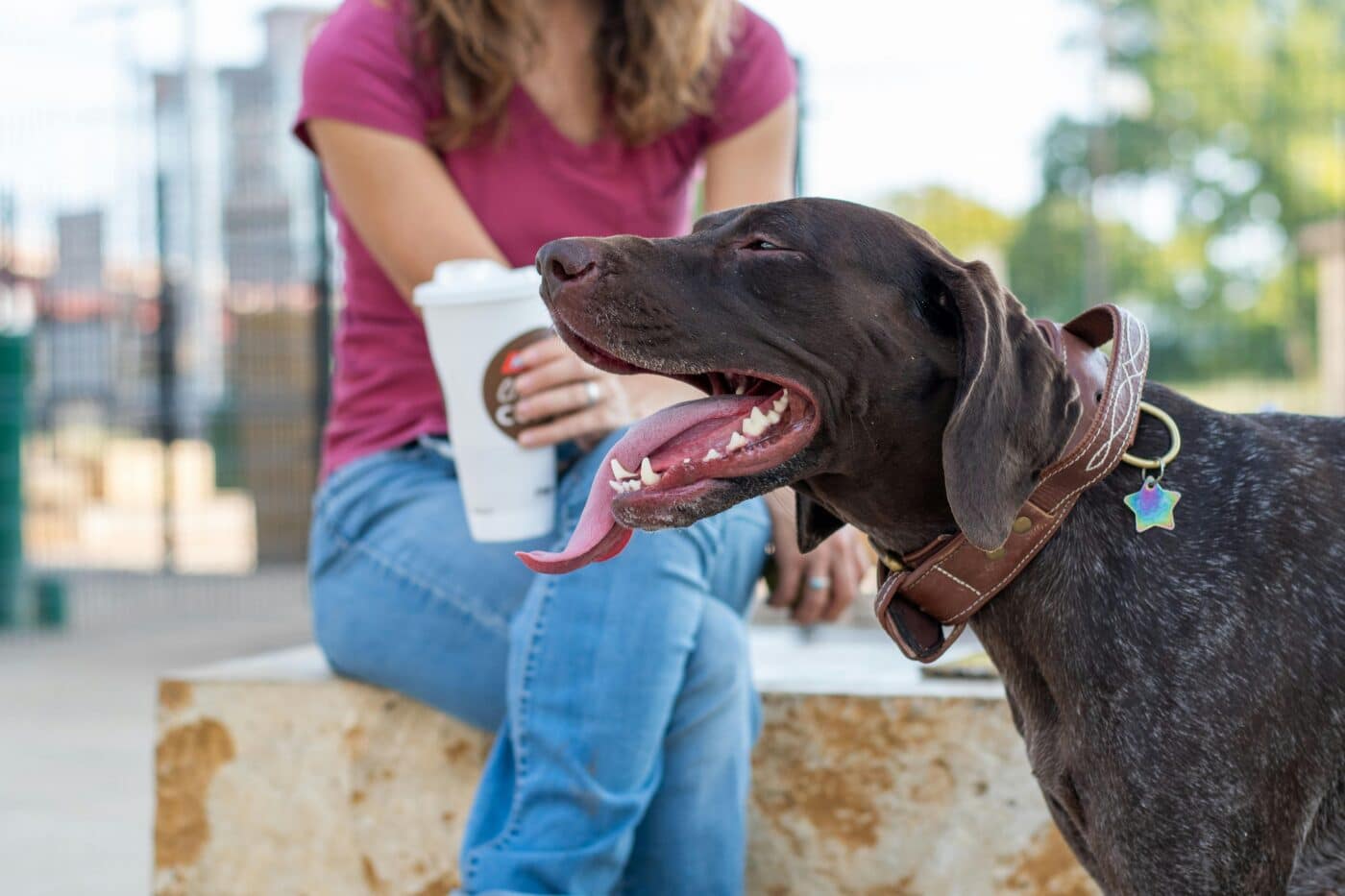 Shutterstock
Shutterstock
Dogs can be territorial creatures, especially in their homes or familiar spaces. When introducing your dog to a new companion, whether it’s another dog or a person, choosing a neutral location is crucial. Parks, open spaces, or quiet streets work well because neither dog needs to defend their territory. In a neutral environment, dogs are more relaxed, allowing for a smoother introduction. Once your dog is comfortable with their new friend, you can gradually transition to more familiar spaces like your home. Neutral territory sets the stage for positive interactions without the tension of territorial instincts.
Keep an Eye on Body Language
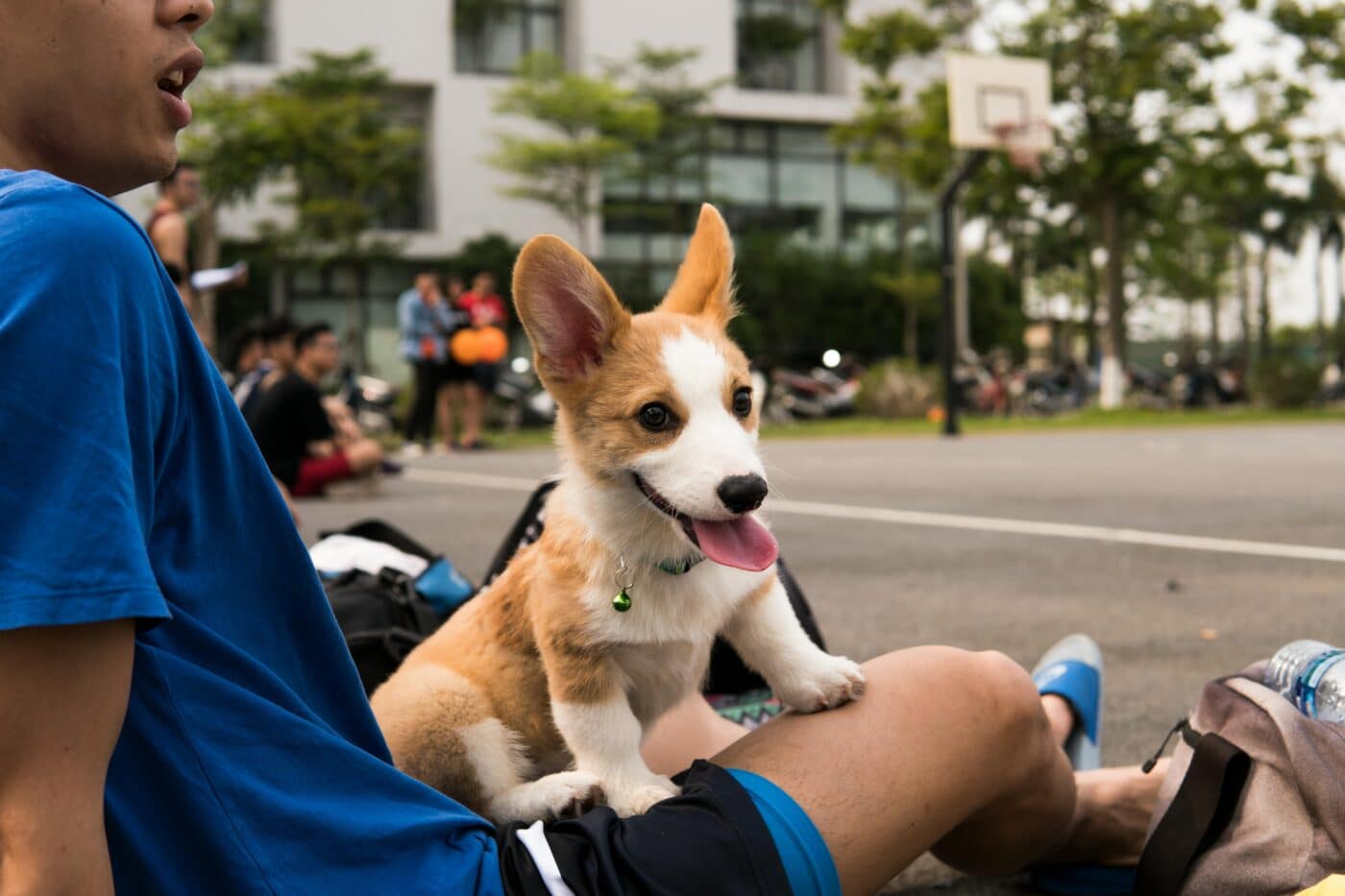 Shutterstock
Shutterstock
Dogs communicate primarily through body language, so paying close attention to their signals during introductions is critical. Signs of stress, such as tucked tails, lip licking, or excessive yawning, indicate your dog may feel anxious. On the other hand, relaxed postures, wagging tails, and sniffing behavior are signs that your dog is comfortable and open to meeting their new companion. If your dog exhibits stress signals, it’s important to take a step back, give them some space, and allow them to calm down before continuing. By monitoring body language, you can prevent negative interactions and ensure that introductions remain positive and stress-free.
Give Space When Needed
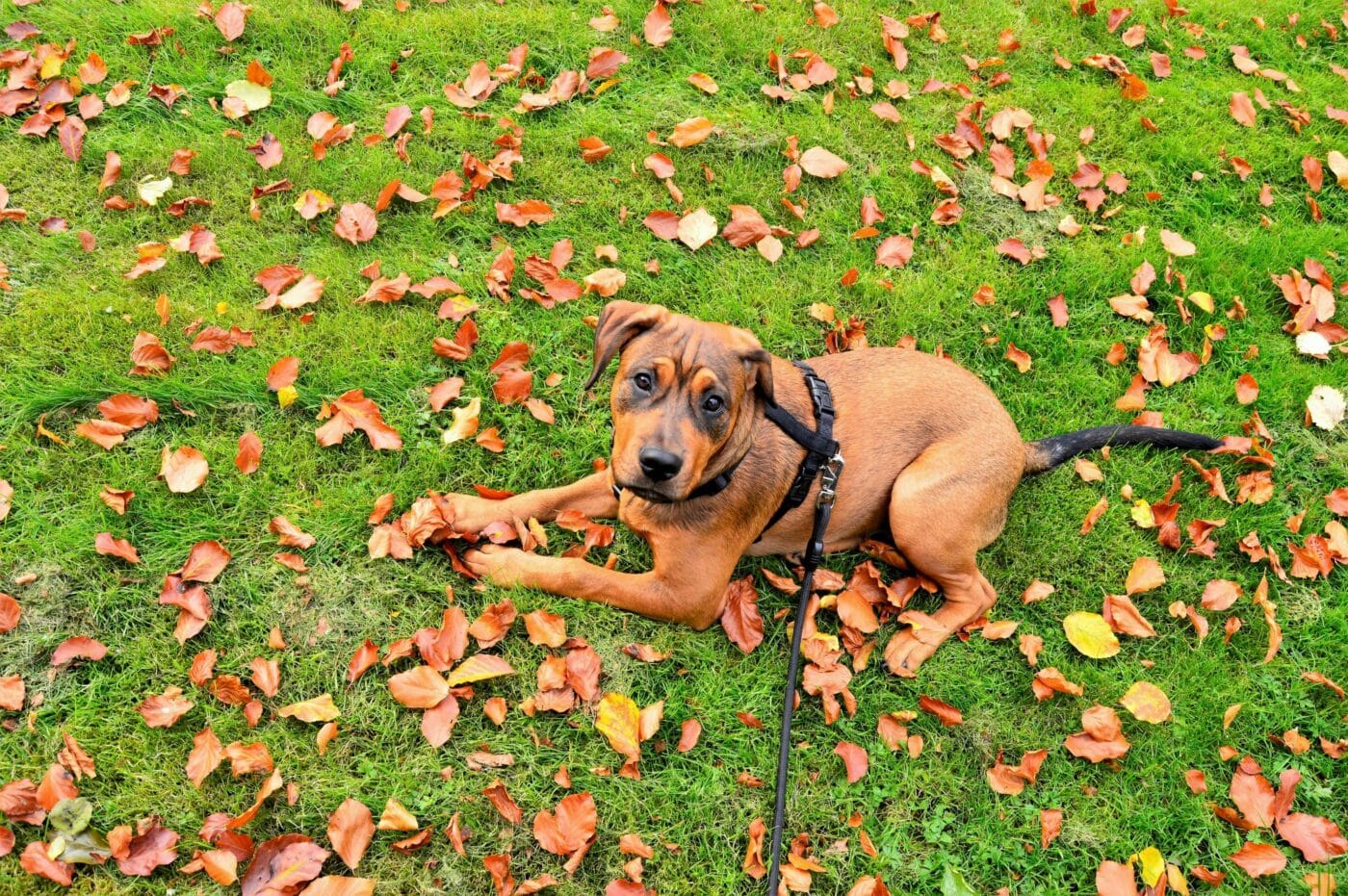 Shutterstock
Shutterstock
Sometimes, despite your best efforts, your dog may need extra space during an introduction. It’s important to recognize when your dog feels overwhelmed and allow them to retreat and regroup. Forcing your dog to continue interacting when they’re anxious can lead to negative behaviors, such as growling or snapping. Instead, allow your dog to step back, take a break, and observe the situation from a distance. Giving your dog space when needed shows them they’re in control of the situation, which can help build their confidence in future social interactions.
Plan Playdates for Ongoing Socialization
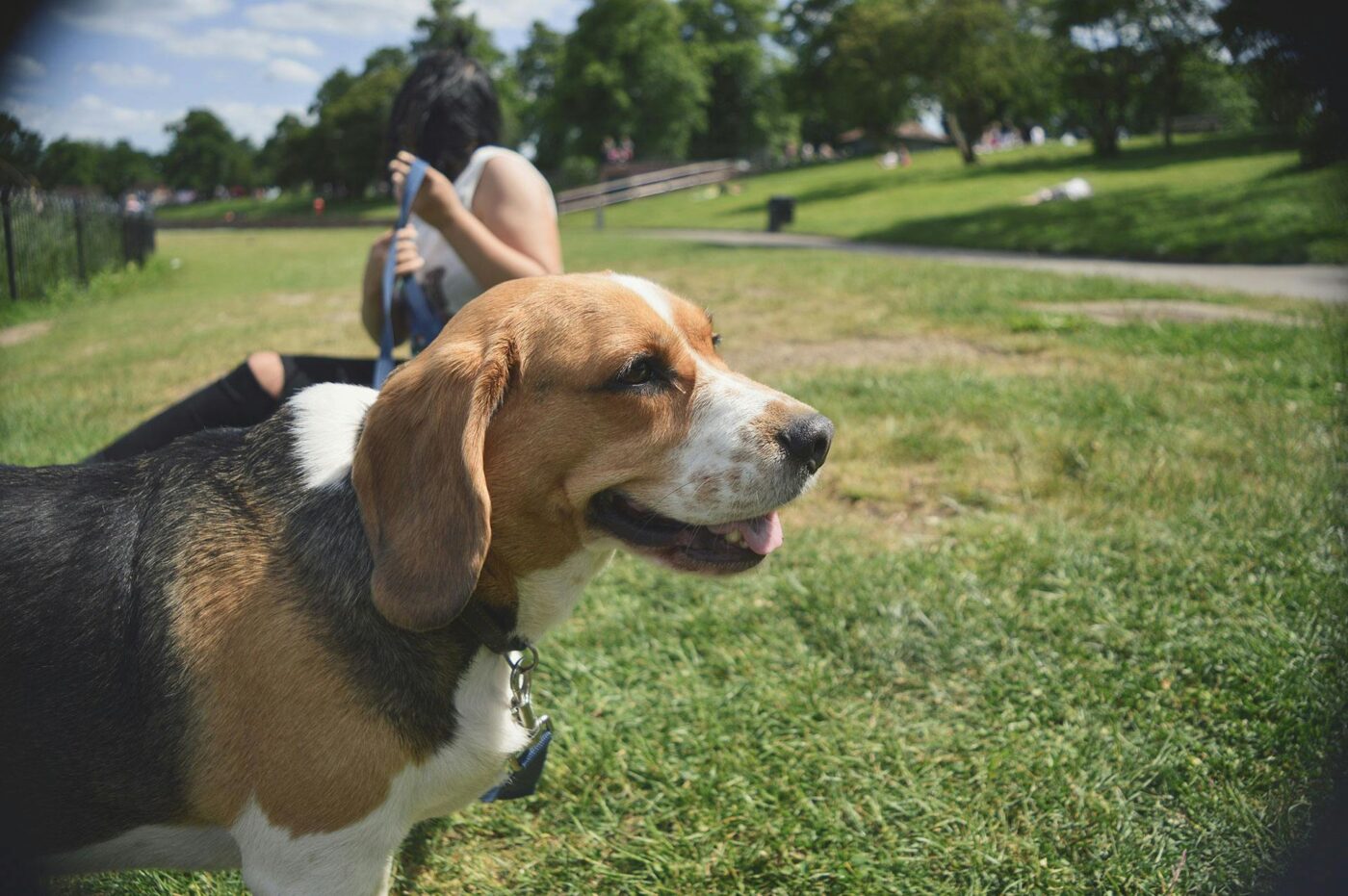 Shutterstock
Shutterstock
Socialization is not a one-time event—it’s an ongoing process that benefits your dog throughout their life. After a successful introduction, plan regular playdates or social outings to build your dog’s confidence around new friends. Whether meeting with other dogs at the park or inviting friends over to your home, regular socialization helps prevent anxiety and encourages positive interactions. Dogs that are well-socialized are more adaptable, confident, and comfortable in a variety of situations. Making playdates a regular part of your dog’s routine will reinforce their social skills and ensure they continue to form healthy, happy relationships.
The Social Butterflies of the Dog World
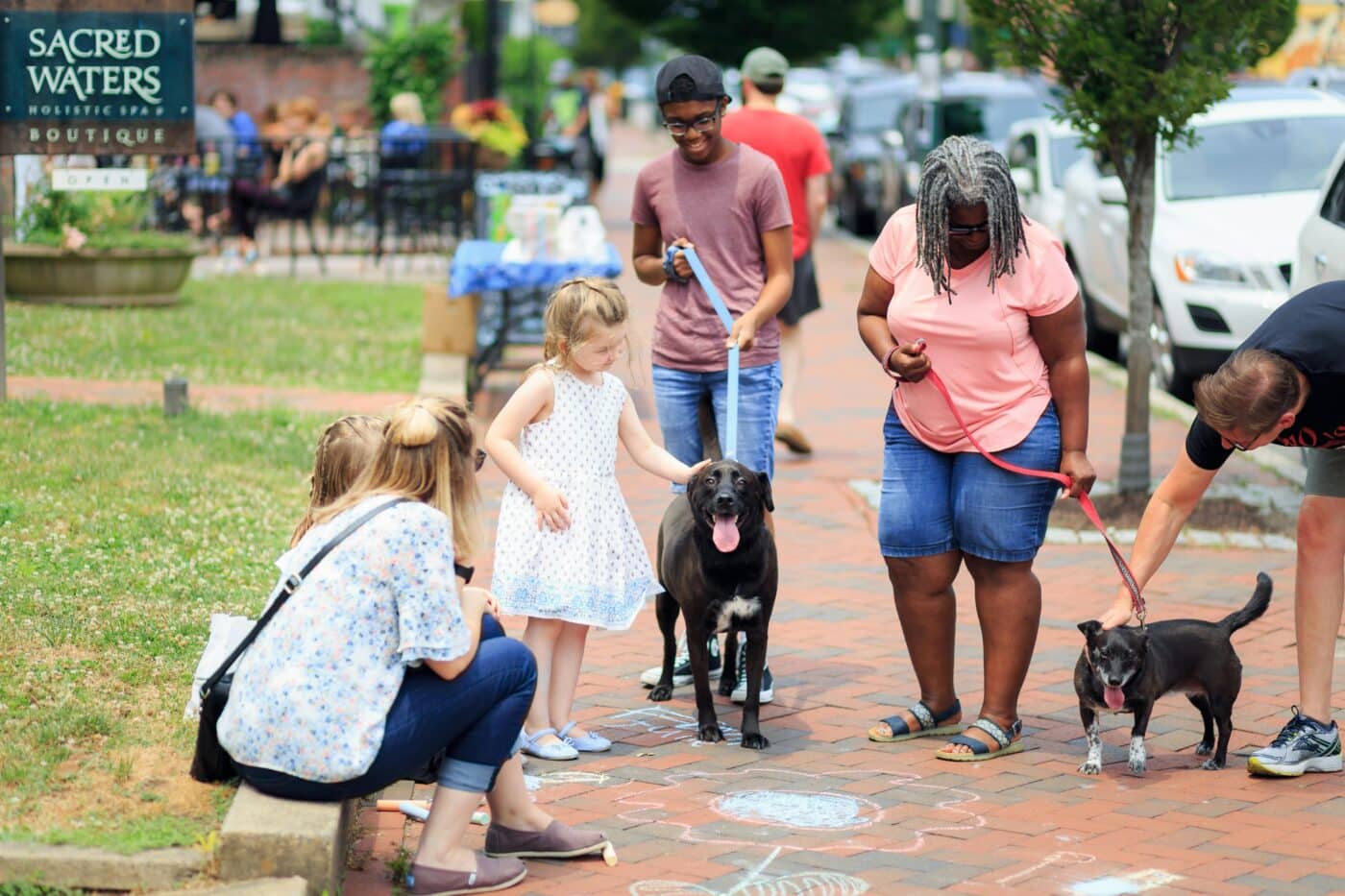 Shutterstock
Shutterstock
Introducing your dog to new friends doesn’t have to be stressful. With patience, positive reinforcement, and proper planning, your dog can thrive in social settings and form strong bonds with humans and other dogs. You can ensure each interaction is positive by taking things slow, giving your dog space when needed, and paying attention to their body language. Over time, your dog may become the life of the dog park or family gatherings. With the right strategies, you’ll see their confidence grow as they build lasting friendships.
 Toledo, United States.
Toledo, United States.